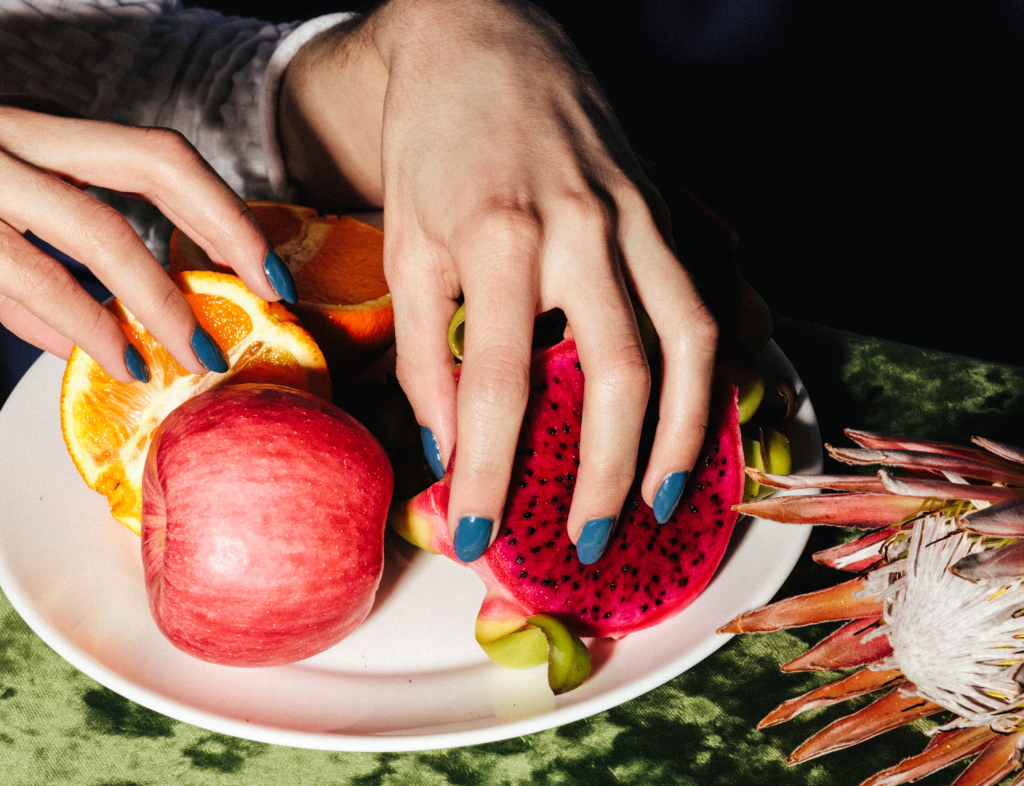
Natalie Portman, Ellen Degeneres, Ariana Grande, Woody Harrelson, Joaquin Phoenix…what do all these people have in common? Besides being famous and wildly successful, they all follow plant-based diets—and they’re not alone. Interest in veganism/vegetarianism has grown at a rapid rate in recent years, and the trend doesn’t seem to be stopping. Even Beyoncé has committed to the diet, albeit in a viral 22-day food challenge.
Most celebrities and us regular folks adopt plant-based diets in the name of their health, and there is strong data to back this up. For instance, eating red or processed meat has been linked to cancer by the World Health Organization, while eating a plant-based diet has shown to lower blood pressure, and prevent conditions like heart disease and diabetes. Plus, eating less meat is better for the environment: the United Nations asserts that climate change can be slowed, if only more people were to stop consuming animal products.
So while I’m NOT a vegan, these statistics have been hard to ignore. Especially as someone who cares about environmental issues, and equates her health and well-being with happiness. And that’s why I’m here to talk about my compromise: “flexitarianism.” Coined in a 2008 book by nutritionist Dawn Jackson Blatner, a flexitarian diet is semi-vegetarian; meaning that it mostly consists of plant-based foods with a few meat substitutions every now and then. It is flexible, and therefore, best for people like me, who hate the rigidity of traditional diets.
Becoming a vegan or vegetarian can be hard for A LOT of people. Even I have to admit defeat! But with a few trials and errors, I’ve learned how to easily cut out animal products, for the most part. I may get some flak from those fully committed to the lifestyle, but to be honest, most of my plant-based friends are happy for me and glad I’m not such a carnivore. After all, baby steps can, and do, make a difference. Being a “flexitarian”—to me—means being able to indulge every once in a while, while still seeing the health benefits of veganism/vegetarianism. Here’s my advice on how to slowly commit to this lifestyle.
Make A Rule—And Try To Stick To It
It started as a habit in college…meat can be expensive, so I sought to find protein without spending ~big~ bucks. A can of beans is rarely over $1—you can make a whole meal or more with that— Finding other options for protein became quite natural eventually, and after a few months, my grocery shopping became standard: no meat, no problem.
After realizing my accidental switch to a mostly vegetarian diet, I made this my official “rule.” While I will indulge in non-veggie options when out with friends, or when eating dinner with my family, the groceries thing is pretty much non-negotiable. And because I try to eat most meals at home, this has really paid off. For example: I ate out (and ate meat) twice in the past week, making less than 10 percent of my diet non-vegetarian. Or another example: after challenging myself to go vegan for a bit (and sharing it on my Instagram), a friend admitted she was trying to be vegetarian for at least three days per week. I recommend easing into a plant-based diet by making a similar pact. Find what works for your lifestyle, and then stick to it.
Find Alternatives You Actually Like
A bit of a horrible anecdote: when my mom tried becoming a vegetarian in the mid-’80s, her hair started falling out because the only thing she subsided on was cheese sandwiches. But we’ve come such a long way since then, baby! The options are endless when it comes to faux-meat, cheese, milk, etc. My tip? Try them all out, and determine what you like best. Personally, I’m partial to tofu, all kinds of veggie burgers, every type of dairy-free milk, and Trader Joe’s soy chorizo (trust me on this one) for Mexican-inspired dishes. The things I hate? Most cheese replacements, cashew yogurt, and tempeh. But generally, the items I do like easily sustain my appetite…I eat them every day and love it! Once you try things out and find an alternative that you’re passionate about, it’s no problem to adapt.
Hit Up Your Local Veggie-Friendly Spots
Since more and more people are becoming vegan/vegetarian/flexitarian (or just more health-conscious), nearly every major city is booming with plant-based restaurants. New Yorkers are obsessed with places like By CHLOE., which has multiple locations and is always PACKED. Other great spots in the city are Beyond Sushi, The Cinnamon Snail, Terri, VSpot, Champs Diner…this list can go on and on. And because the movement has grown so quickly, even small towns are catching on. Letting the pros do the cooking every once in a while can be key to adopting a plant-based diet, because it tastes so. Freaking. Good. I highly recommend trying out your local joint as soon as possible, and letting your mind be blown with all the wonderful options.
While I’m not a doctor or nutritionist, I hope to make the case that eating less meat can positively impact your body. Plus, it’s relatively pain-free to adopt. So here’s my suggestion to all of you: try introducing a “flexitarian” diet to start, and if you like it, go further. Being completely restrictive and uncompromising with a diet can lead to failure, so there’s nothing wrong with taking the middle ground. And with a few simple adjustments, you’ll not only improve your overall health, while helping the planet as well.
[Editor’s Note: Since we’re not know-it-alls, always make sure to consult with a doctor before trying anything new. We’re here to guide and provide information that could potentially help, but each person is different so do what’s right for you!]
—
Feature image via Vanessa Granda

